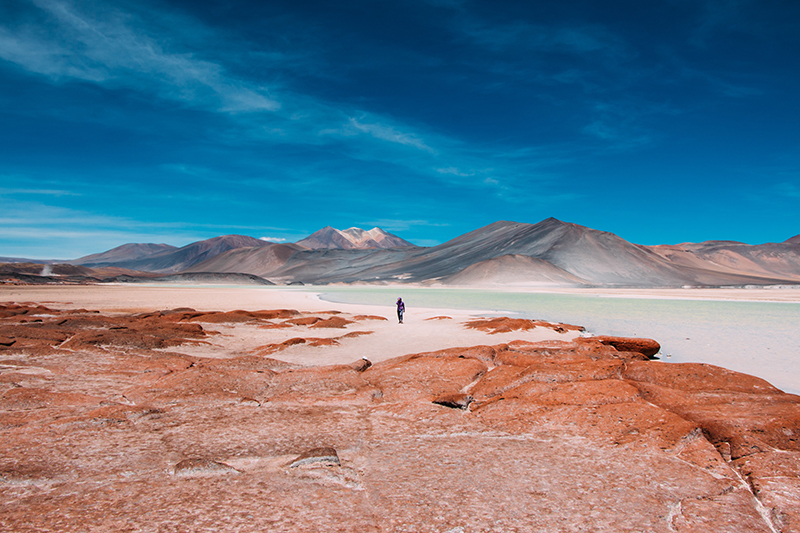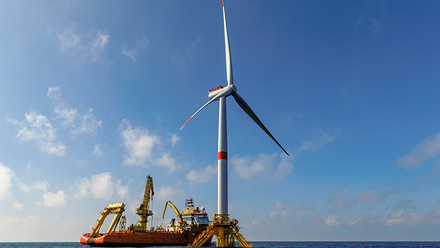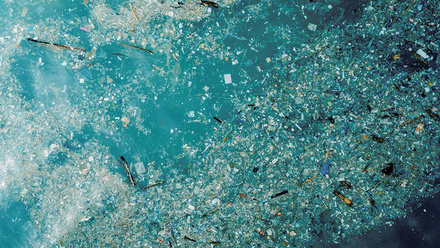Hydrological impact of lithium mining
A new study analyses water use by lithium miners in the Atacama desert, Chile.

Researchers at the Univeristy of Massachusetts Amherst and the University of Alaska Anchorage, USA, have analysed the hydrological impact of lithium mining.
This study addresses the age and source of the water where the lithium is found.
It suggests that the total water usage in the Salar de Atacama, Chile, is exceeding its resupply.
The researchers say that although lithium mining acounts for less than 10% of freshwater usage its brine extraction does not correlate with changes in either surface-water features or basin-water storage.
More than 40% of global proven lithium deposits are in the 850m2 Chilean salt flats. The team highlights that beause the flats are so ecologically sensitive and depend on scarce supplies, the use of water there risks disturbing the region's ecological health and indigenous way of life.
The researchers used water tracers to discover that that more than half of the freshwater feeind the wetlands and lagoons is at least 60 years old.
They also used water usage data from the Chilean government, rain gauges and satellite imagery to assess the change over the past 40 years.







